Off the beaten tourist track, you would regret not including Castelfranco Veneto in your travel itinerary. Elegant town, resting on a plain of vineyards, in the province of Treviso and not far from Padua.
The Montello wine route and the red radicchio route pass through here. Castelfranco Veneto together with the towns of Marostica, Cittadella, Bassano del Grappa, Possagno and Asolo forms the Veneto hexagon: six magical cities rich in history, art and good food. “Six cities, a single enchantment”.
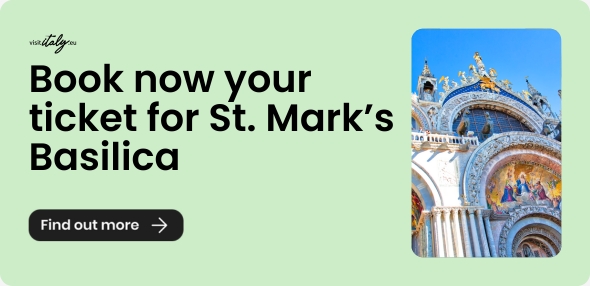
Discovering Castelfranco Veneto
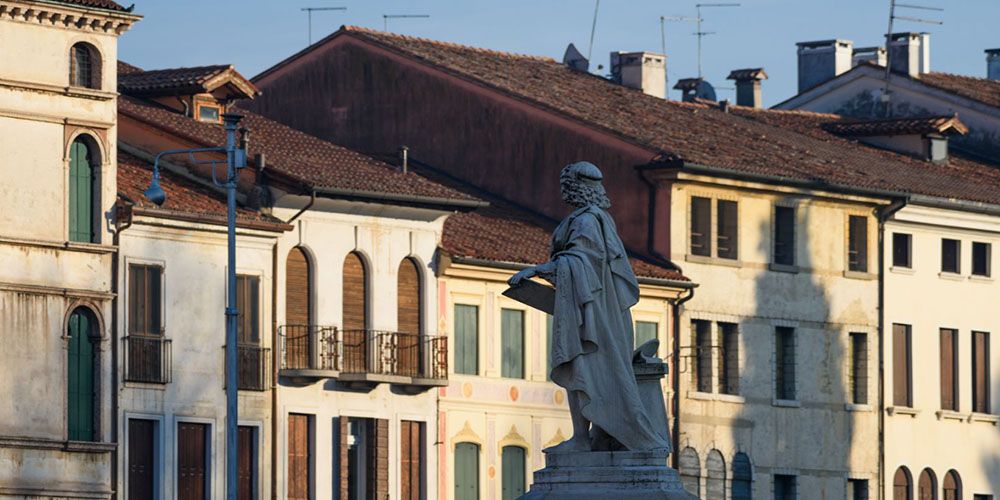
In the heart of the town stands the castle, a mighty square of red bricks, built at the end of the 12th century. The walls about 17 meters high surround the entire historic center, protecting what once was a fortified city, surrounded by a moat where water still flows. You will have the opportunity to experience the walkway that the ancient soldiers made during their patrols, because the walls are accessible.
Inside the walls we also find the house which in 1478 gave birth to one of the most influential and enigmatic painters in the history of art: Giorgio Zorzi, known as Giorgione, author of the famous and mysterious painting of La Tempesta, kept in the Venetian Galleria dell’Accademia. A picture with a strong impact in the background of which Castelfranco Veneto and its countryside can be glimpsed. You can stroll through the tidy streets of the village, between alleys and small squares, lingering on some glimpses that probably aroused the painter's attention. Castelfranco was home to men of science, architects, and musicians of great fame, as well as the birthplace of the first female Minister of the Italian Republic: Tina Anselmi.
What to see in Castelfranco Veneto
Entering the town, you can admire the Cathedral of S. Maria Assunta and S. Liberale, whose construction dates to 1724, an authentic museum that houses the famous Giorgione Altarpiece, painted on wood in which Giorgione inserts highly innovative elements of Renaissance painting.
Continuing our walk we arrive at the Casa Giorgione Museum, here after books, inkwells, glasses, an hourglass that take us back in time, we can get closer to the work and thought of the master from Castelfranco, but also to an era of great cultural rebirth. Here you will not be simple visitors, but guests of a house. In the village there is also a Theater from the 18th century.
Moving away from the city center, it is impossible not to visit Villa Revedin-Bolasco, a romantic garden populated by more than a thousand trees for a total of eight hectares, where there is also a Colombara tower, a Cavalerizza (place intended for horse riding exercises) with 52 sculptures and a beautiful Spanish-Moorish greenhouse. Villa Bolasco played an important role during the Second World War. It is here that a few days after the Liberation, the partisans negotiated German surrender. The protagonist of the negotiation, the still very young Tina Anselmi, partisan and then the first female Minister in the history of the Italian Republic.
What to eat
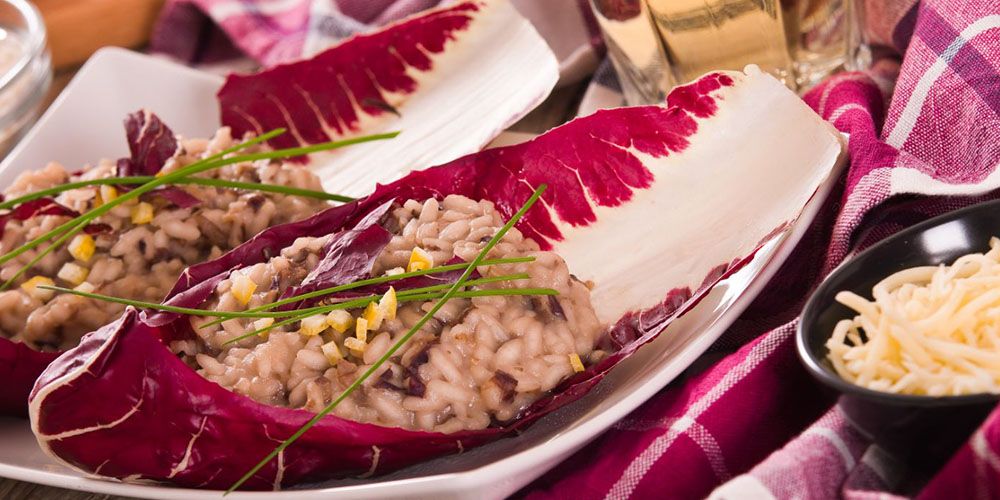
The Castellana cuisine keeps the flavors of the local cuisine intact. In many restaurants and trattorias, you can taste traditional dishes, perhaps revisited by excellent chefs. For example, a risotto with Treviso red radicchio accompanied by Montello-Colli Asolani DOC wine or treat yourself to a toast with Valdobbiadene-Conegliano. Or taste the variegated Radicchio of Castelfranco that you will find only here and nicknamed the flower that is eaten. Among the most popular specialties is the fregolatta, a dessert made with flour, almonds, eggs, and milk cream whose origins date back to the distant 18th century.
How to get there and nearby
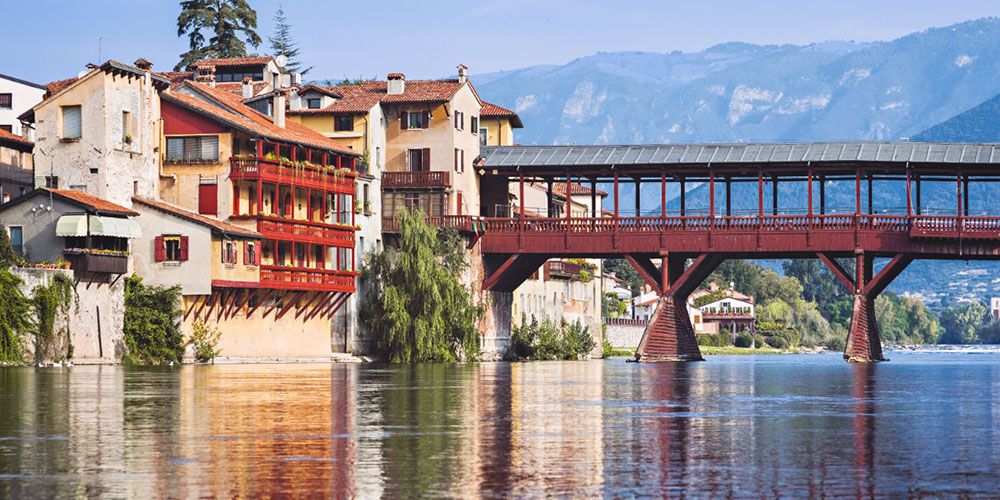
Castelfranco has an exceptional position in the heart of Veneto, from here you can reach many of the art cities of Veneto. But how to get there, Castelfranco is the strategic crossroads of roads and railways. Arriving by train, get off at Padua or Treviso station and take a regional train that leaves every hour and takes half an hour to reach Castelfranco. Coming by car, there are various highways that run nearby (A4, A13, A22, A27, A31) from which you will then take the provincial roads SS53 or SS307. One last piece of advice if you come to these parts, but don't have much time to visit the whole Veneto hexagon, look at least the elegant Bassano del Grappa, where you can taste the famous Nardini grappa, the historic Grapperia Nardini next to the large pedestrian bridge directly overlooks the Brenta. On the building there are still bullet holes dating back to the Second World War, when the Italian Resistance hunted the enemy.
About the author
Written on 07/06/2023


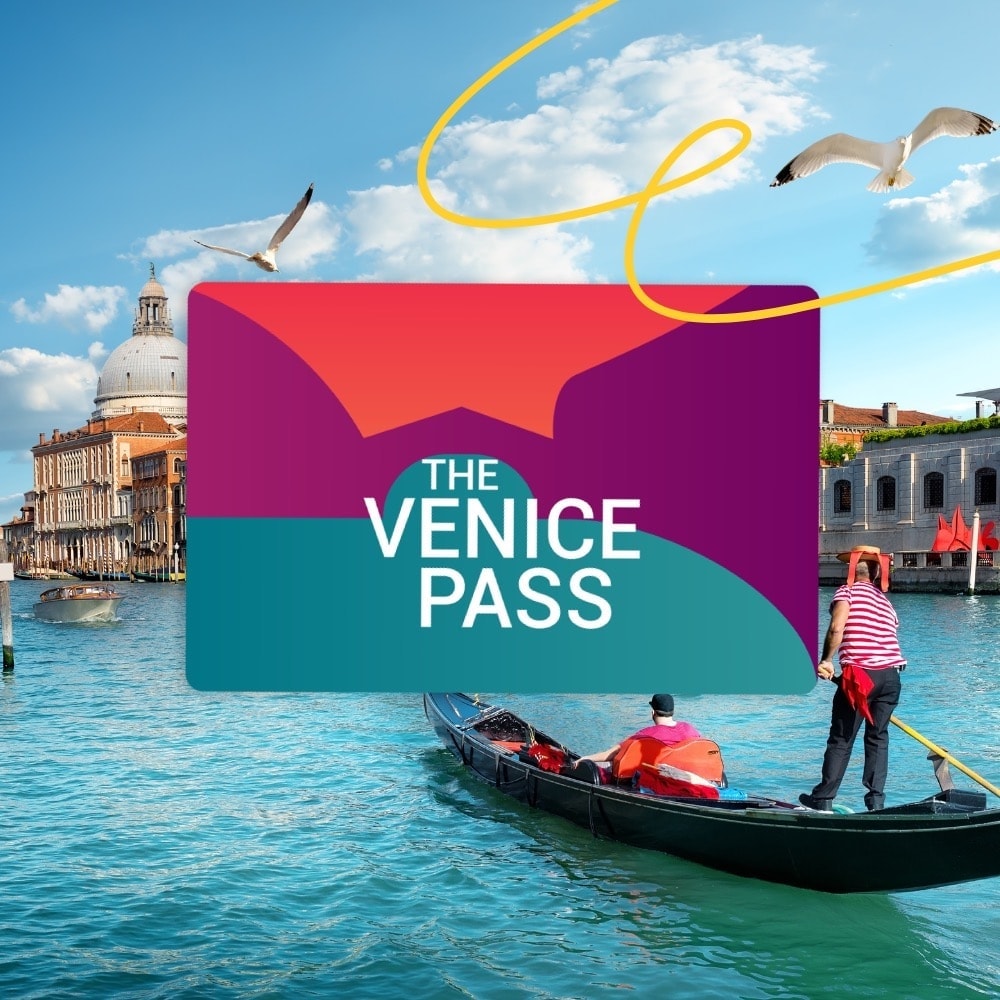
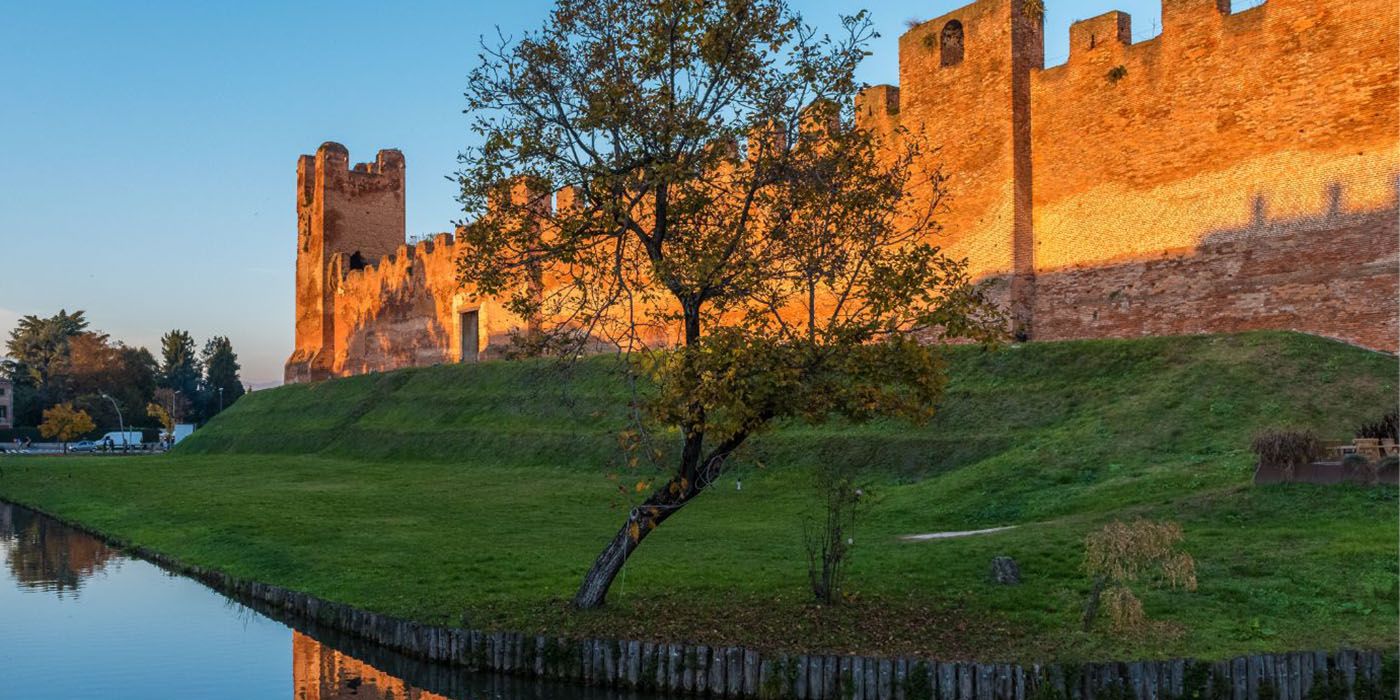
Chiarastella Campanelli
Let's discover Castelfranco Veneto, one of the most beautiful walled cities in the region. Birthplace of Giorgione, the great painter from Veneto.